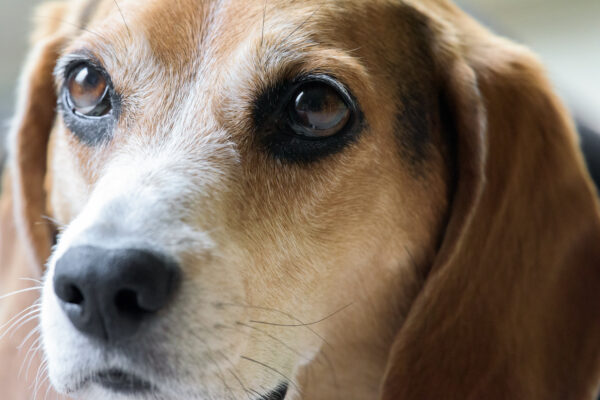 3D structure. It refines RoI proposals using 3D voxel options by way of a two-stage pipeline, bettering localization precision by capturing neighborhood-conscious context. 1024. Our methodology deploys a multi-scale transformer architecture designed particularly for ultra-high resolution medical picture era, enabling the preservation of both world anatomical context and local picture-level particulars. Through the multi-stage feature extraction in PointGFE, the network implicitly learns to utilize this further enter to reinforce local feature representation. We propose a depth prior augmentation strategy using foundation fashions to enrich LiDAR factors with geometric prior cues, enhancing LiDAR level illustration without requiring dataset-specific adaptation. Rather than serving as a substitute for LiDAR’s correct spatial measurements, the depth prior predicted by DepthAnything is handled as a discriminative 3D cue that enhances the geometric separability of LiDAR points in function space. These enriched points are voxelized and fed into a 3D sparse convolutional spine to extract structured voxel-wise representations. Are ketos 7 and raspberry keytones the identical complement? Before fusion, each kinds of RoI features are spatially aligned and normalized to the identical grid resolution to ensure accurate correspondence across spatial locations.
3D structure. It refines RoI proposals using 3D voxel options by way of a two-stage pipeline, bettering localization precision by capturing neighborhood-conscious context. 1024. Our methodology deploys a multi-scale transformer architecture designed particularly for ultra-high resolution medical picture era, enabling the preservation of both world anatomical context and local picture-level particulars. Through the multi-stage feature extraction in PointGFE, the network implicitly learns to utilize this further enter to reinforce local feature representation. We propose a depth prior augmentation strategy using foundation fashions to enrich LiDAR factors with geometric prior cues, enhancing LiDAR level illustration without requiring dataset-specific adaptation. Rather than serving as a substitute for LiDAR’s correct spatial measurements, the depth prior predicted by DepthAnything is handled as a discriminative 3D cue that enhances the geometric separability of LiDAR points in function space. These enriched points are voxelized and fed into a 3D sparse convolutional spine to extract structured voxel-wise representations. Are ketos 7 and raspberry keytones the identical complement? Before fusion, each kinds of RoI features are spatially aligned and normalized to the identical grid resolution to ensure accurate correspondence across spatial locations.
Additionally, runtime evaluation reveals that the RoI Grid Pooling module stays a computational bottleneck. Building on these, we design two complementary RoI function extraction branches: a voxel-based mostly branch utilizing RoI Grid Pooling to seize global semantic context, and some extent-primarily based branch that preserves high-quality-grained geometry by way of PointGFE and RoI Aware Pooling. Tab. 4 presents the ablation study on the KITTI validation set for the Car category, visit website for more details evaluating the individual and combined results of two core elements in our framework: the Depth Prior Learning module (DPL), which enriches every LiDAR level with depth priors, and the BGRF, which integrates voxel-based mostly and level-based RoI options. Notably, the depth prior predicted by DepthAnything is simply concatenated with each LiDAR point’s attributes. On this paper, we tackle the limited expressiveness of uncooked LiDAR point options, especially the weak discriminative capability of the reflectance attribute, by introducing depth priors predicted by DepthAnything. By fusing predicted depth info with spatial coordinates and reflectance attributes, we aim to improve the discriminative power of level representations and enhance downstream 3D object detection performance. We validate our model’s performance using rigorous picture quality metrics, including Fr?(C)chet Inception Distance (FID) and Vendi Score, demonstrating synthesis fidelity and perceptual quality of our methodology.
 The generated code helps logic, loops, and mathematical operations, enabling dynamic coverage synthesis. To handle these challenges, this overview supplies a holistic synthesis of how foundation models and their multimodal extensions are remodeling robotics. Like many things which might be environmentally friendly, it is also costlier. What are these white fluffy issues floating within the air and If you beloved this article and you simply would like to be given more info about as shown on locksmith`s website nicely visit our own web site. where do they arrive from?
The generated code helps logic, loops, and mathematical operations, enabling dynamic coverage synthesis. To handle these challenges, this overview supplies a holistic synthesis of how foundation models and their multimodal extensions are remodeling robotics. Like many things which might be environmentally friendly, it is also costlier. What are these white fluffy issues floating within the air and If you beloved this article and you simply would like to be given more info about as shown on locksmith`s website nicely visit our own web site. where do they arrive from?